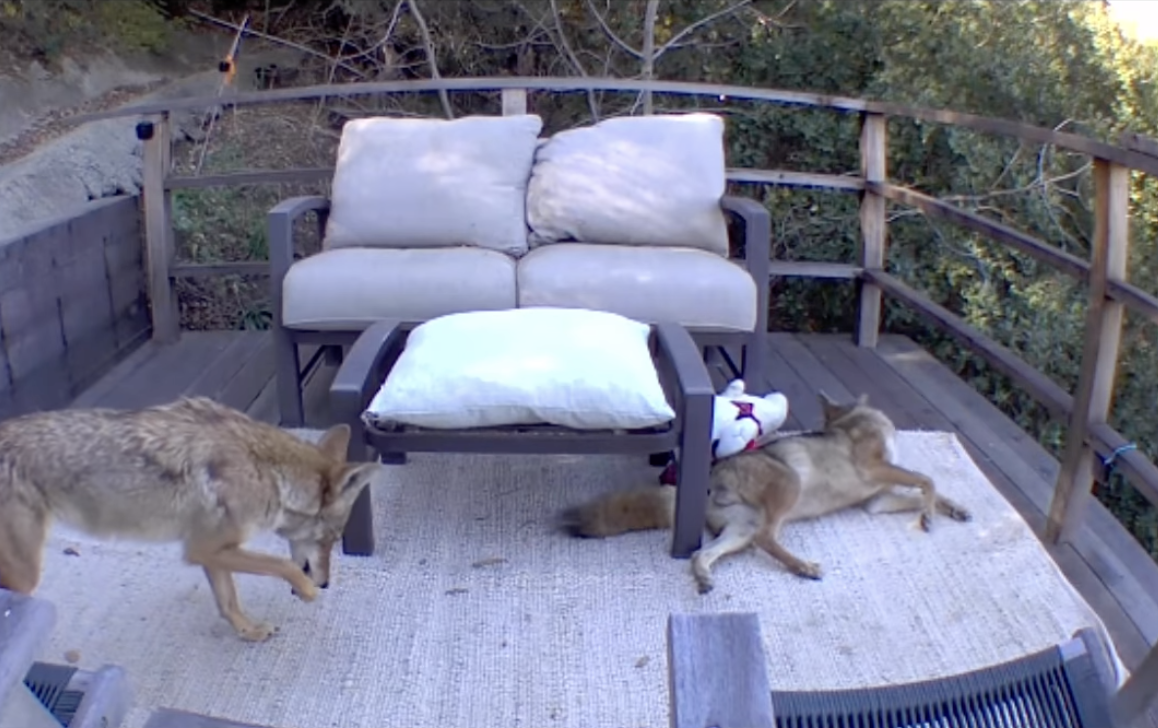

A Los Angeles family that documents wildlife in their backyard has shared a new video of two playful coyotes spending time relaxing on a balcony. The family advocates for local wildlife and living in a way that coincides with animals. The video is a perfect example of creating a successful, wildlife-friendly yard.
Videos by Outdoors with Bear Grylls
Here is the recent clip that captures the pair of coyotes:
The Instagram account is called The Daily James and is named for a raven the family originally documented at a bird feeder. Since then, they’ve worked to make their backyard more part of the ecosystem and have cameras set up to document wildlife like the two coyotes.
The account has named the coyotes Stevie and Jack. They say they’ve never offered the animals food, but they will go through the yard for water.
“Coyotes are an important part of the ecosystem,” they wrote on the post with the two coyotes. “If you have pets that go outdoors, please stay with them so everyone can do their job and live the life for which they were meant. And, if you want to do a little bit more, leave out fresh water, plant native plants and/or a pollinator garden, and even say thank you to those animals many others are persecuting.”
Wildlife officials are applauding their efforts. One of the comments comes from the Coyote Project, an organization that advocates for animals like coyotes and other carnivores and their right to coexist in the world. They wrote, “Thank you for sharing this wonderful video and information about your wild neighbors.”
Making a Wildlife Friendly Yard

The steps are easy if you want to make your yard more wildlife-friendly. It can be something as simple as focusing on planting native plants.
According to The National Wildlife Federation (NWF), other steps include providing natural food through these plants. This includes flora with seeds, berries, fruit, and other options. Birds, squirrel, hummingbird, and butterfly feeders can also make a positive impact. It’s important to note that no one should feed a wild animal directly or with human food. The act can lead to conditioning an animal to rely on people for food. The end result is dangerous for people and wildlife.
The NWF has a tool on its website to help you identify native plants in your zipcode.
Other steps include nesting boxes, which are essentially birdhouses. Also, allowing dead shrubs and trees to provide the natural shelter that they do.
How wildlife-friendly is your yard?


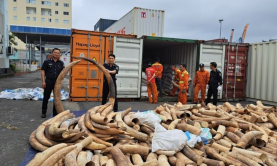
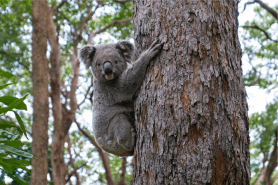


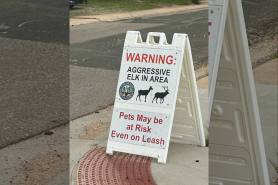


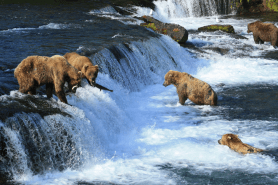
Your writing always leaves me feeling uplifted and empowered. Thank you for being such a positive influence.
Your blog post was the perfect blend of informative and entertaining. I couldn’t tear my eyes away from the screen!
Your blog post was like a ray of sunshine on a cloudy day. Thank you for brightening my mood!
Your blog post was a real eye-opener for me. Thank you for challenging my preconceived notions and expanding my worldview.